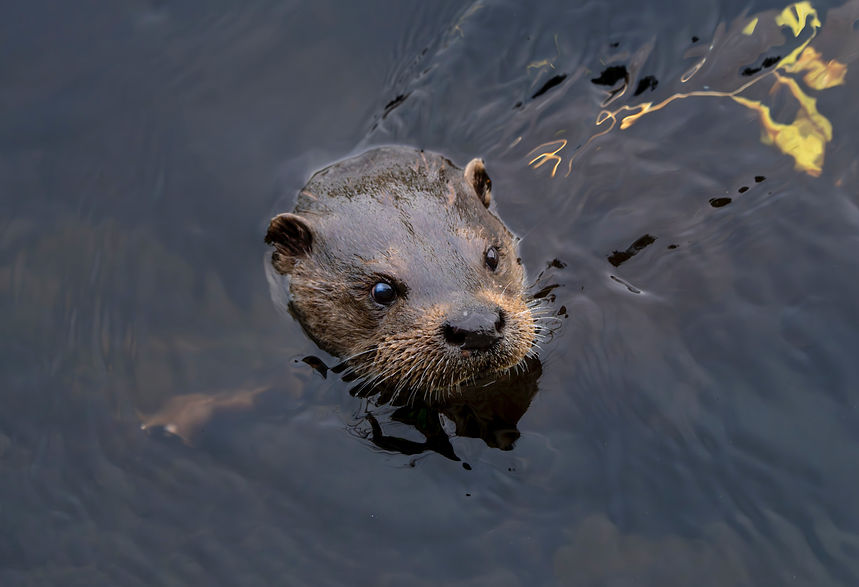
Wildlife and Birdwatching
Wildlife and Birdwatching
Powys beckons nature enthusiasts with its rich biodiversity and captivating landscapes. Embrace the opportunity to connect with the natural world through wildlife and birdwatching experiences that showcase the county's diverse ecosystems.
Avian Wonders: A Birdwatcher's Haven
Powys is a haven for birdwatchers, boasting a wide array of avian species throughout the year. From the elusive red kite soaring above the hills to the delicate songbirds hidden in the woodlands, the skies and landscapes of Powys are alive with the melodies and movements of feathered wonders. Bring your binoculars and camera to capture the beauty of these winged residents and migratory visitors.
Key Birdwatching Locations:
-
Lake Vyrnwy: Explore the shores of this stunning reservoir, where waterfowl, raptors, and songbirds find refuge. The RSPB (Royal Society for the Protection of Birds) reserve here provides excellent vantage points for birdwatching.
-
Brecon Beacons National Park: The diverse habitats of the Brecon Beacons, including moorlands, woodlands, and meadows, attract a wide variety of bird species. Keep an eye out for iconic birds such as the peregrine falcon and the redstart.
-
Elan Valley: Home to a series of picturesque dams and reservoirs, the Elan Valley is a serene setting for birdwatching. Look for dippers along the rivers and buzzards circling above the hills.
-
Cors Caron Nature Reserve: This large raised peat bog is a haven for wildlife, including a variety of bird species such as curlews, lapwings, and red grouse. Elevated boardwalks provide excellent vantage points.



Wildlife Encounters: Discover Powys' Fauna
Beyond birdwatching, Powys offers a chance to witness a diverse range of wildlife. Whether you're exploring the woodlands, meadows, or riversides, be prepared to encounter native species in their natural habitats.
Notable Wildlife Hotspots:
-
Dyfi Osprey Project: Witness the magnificent ospreys at the Dyfi Osprey Project, where purpose-built hides provide a close-up view of these impressive birds.
-
Gilfach Nature Reserve: This Wildlife Trust of South and West Wales reserve is a hidden gem for wildlife enthusiasts. Spot otters, bats, and a variety of butterflies amid the reserve's diverse habitats.
-
Powis Castle and Garden: The grounds of Powis Castle provide a beautiful setting for observing both flora and fauna. Keep an eye out for squirrels, rabbits, and a variety of garden birds.
-
Montgomeryshire Wildlife Trust Reserves: Explore the various reserves managed by Montgomeryshire Wildlife Trust, such as Llanmerewig, Roundton Hill, and Cors Dyfi, each offering unique habitats and wildlife encounters.
-
Glaslyn Wildlife: Visit the Glaslyn Osprey Project to observe ospreys in their natural nesting habitat. This project aims to protect and promote the welfare of these incredible birds.
Guided Tours and Expert Insights:
Enhance your wildlife and birdwatching experience in Powys by joining guided tours led by knowledgeable local experts. These guides can provide insights into the behaviors and habitats of the region's wildlife, making your nature exploration even more rewarding.
Plan Your Wildlife Adventure:
Whether you're a seasoned birdwatcher or a nature enthusiast, Powys invites you to explore its wild side. Plan your wildlife adventure, pack your binoculars, and embark on a journey through the natural wonders of this Welsh paradise.



Why is our wildlife so important ?
Powys is home to diverse ecosystems, including woodlands, meadows, rivers, and mountains. Wildlife plays a critical role in maintaining biodiversity, contributing to the overall health and resilience of these ecosystems. A variety of plant and animal species is essential for ecosystem stability and adaptability
Wildlife provides a range of ecosystem services that directly benefit human populations. These services include pollination of crops by insects, water filtration by aquatic organisms, and pest control by natural predators. Healthy wildlife populations contribute to the overall functionality of ecosystems and the services they provide.
The presence of diverse wildlife enhances the cultural and recreational value of Powys. Residents and visitors alike can engage in activities such as birdwatching, nature walks, and wildlife photography, contributing to a sense of connection with nature and the local environment.
Education and Awareness: The presence of wildlife offers valuable educational opportunities. Local schools, nature centers, and conservation organizations can use the natural environment to educate people about the importance of biodiversity, conservation, and the interdependence of species. This knowledge fosters a sense of responsibility and stewardship for the environment.
Wildlife often plays a significant role in the cultural heritage of a region. In Powys, species such as the red kite, a majestic bird of prey, hold cultural and historical significance. Preserving and protecting these species helps maintain a connection to the area's cultural heritage.
The health of wildlife populations reflects the overall health of ecosystems. Healthy ecosystems, in turn, provide essential services for human well-being, such as clean air, clean water, and fertile soils. Preserving wildlife habitats contributes to a healthier environment for both wildlife and people.
Climate Change Mitigation:
Some wildlife species play a role in carbon sequestration and climate change mitigation. Forests, for example, act as carbon sinks, helping to regulate the global climate. Protecting and restoring natural habitats in Powys contributes to broader efforts to address climate change.
In summary, the importance of wildlife in Powys extends beyond its intrinsic value; it is intertwined with the ecological, cultural, economic, and educational fabric of the region.
Efforts to conserve and protect wildlife contribute to the overall sustainability and resilience of Powys and create a legacy for future generations to enjoy and appreciate.